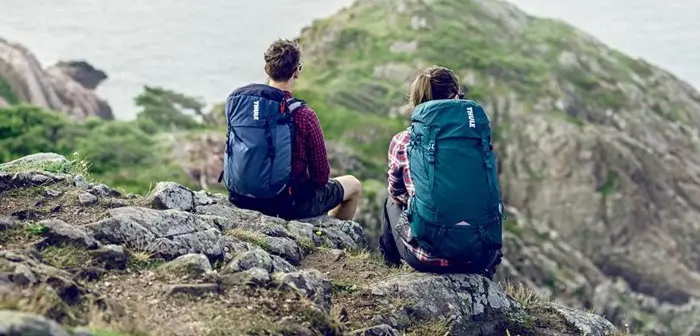The Risks and Rewards of Hiking in Canyons
Canyons offer a backcountry experience unlike any other—but they’ll punish the unprepared adventurer without mercy. Though risky and difficult, you’ll be rewarded with payoffs of unmatched solitude, incredible views and gratifying challenges. Here are some of the risks and rewards of hiking and backpacking in a canyon:
Risks
It’s All Uphill from Here:
Many backpacking trips start with suffering and end with a relatively painless downhill hike. However, the first day of a canyon hike is usually the easiest and the last day is the hardest, with hikers spending the final hours of a trip gaining hundreds if not thousands of vertical feet.
Hydration Station?
For places formed by rivers, there’s often precious little potable water. Plan accordingly (LINK TO CANYONS #2).
Temperature Change:
Hikers can be in danger of both heatstroke and hypothermia on the same day due to drastic temperature changes between day and night.
Flash Floods:
Flash flooding is as prevalent a hazard in canyons as avalanches are on steep and snowy mountains. A couple inches of rain can result in a head high flood, with water surging through canyon walls like bulls through the narrow streets of Pamplona. The best way to evade getting caught in a flash flood? The same way you avoid an avalanche: know the terrain and travel only when conditions are favorable.
Tough Terrain:
Canyons, by nature, are physically demanding; the terrain is almost always steep and rough.
Rewards
Solitude:
There are few places that feel farther from civilization than the bottom of a canyon. Each bend of the canyon creates instant solitude, even if the trail is crowded.
Natural Beauty:
From the magnificence and enormity of the canyons walls to the miniscule succulents and shifty critters, you’re always surrounded by natural beauty.
A Supernatural Setting:
Yell and your voice ricochets off the walls. Camp on a dried up arroyo under the stars. Zip up your sleeping bag as coyotes howl at the moon. There’s no doubt about it: something is supernatural about life in the abyss.
Get Out There!
Hopefully, the lows of your canyon trip will be mostly topographical, and you’ll return to your car tired yet happy.
Related Articles



















